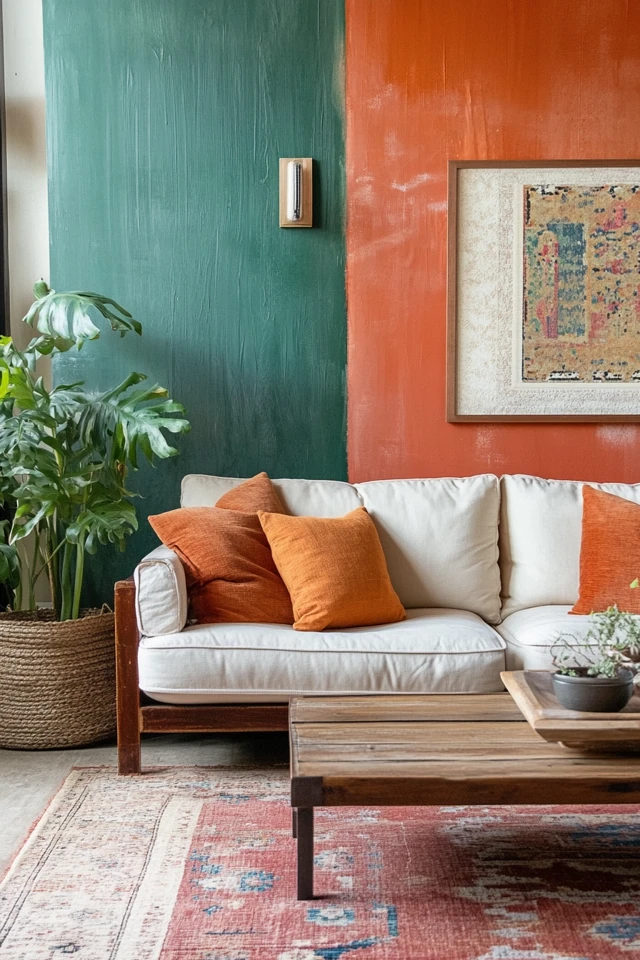Introduction
Designing a room with mixed elements can be both exciting and challenging. Whether you’re blending different styles, combining various textures, or merging contrasting colors, the key to success lies in finding a unifying theme. This ensures that the room feels cohesive and intentional, rather than chaotic or disjointed. A unifying theme acts as the thread that ties everything together, creating a harmonious space where diverse pieces complement rather than compete with each other.
I remember tackling a mixed-design living room where my client wanted to incorporate a vintage rug, a modern sofa, and bohemian accents. At first glance, the pieces felt worlds apart. But by using a unifying color palette, echoing textures, and repeating patterns across decor elements, we brought everything together seamlessly. The result was a vibrant, eclectic room that felt personal yet polished—a perfect reflection of her unique taste.
In this guide, we’ll explore how to create unifying themes for rooms with mixed elements. Whether you’re working with inherited furniture, blending styles with a partner, or simply experimenting with an eclectic aesthetic, these strategies will help you turn a potentially mismatched space into a stunning, cohesive design.
The Perfect Design for You
A unifying theme is ideal for anyone who loves variety and character in their space but wants to avoid a chaotic or cluttered look. It’s especially helpful for:
- People combining furniture from different eras or styles.
- Those who’ve inherited pieces they love but struggle to integrate.
- Couples or roommates merging different tastes and belongings.
- Anyone creating an eclectic, boho, or maximalist aesthetic.
Imagine a dining room where a sleek, modern table coexists beautifully with antique wooden chairs, all tied together by a shared warm color palette. Or picture a bedroom with a minimalist bed frame, bold patterned wallpaper, and industrial-style lighting, unified through a cohesive use of textures and metallic accents. These are spaces where diverse elements come together to tell a cohesive story.
No matter your personal style, unifying themes ensure that your room feels thoughtfully designed and visually harmonious.
Picture Gallery
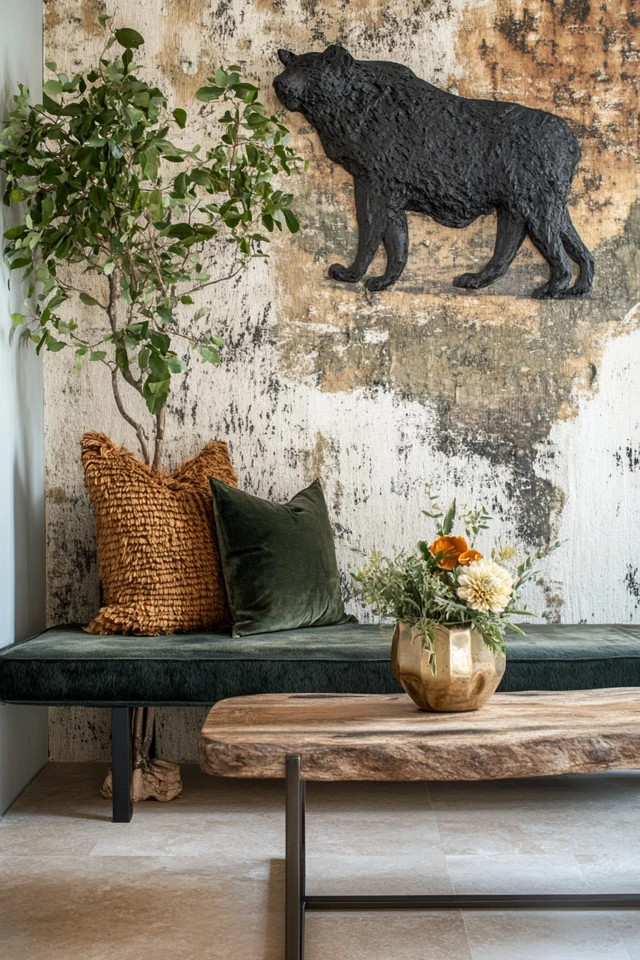
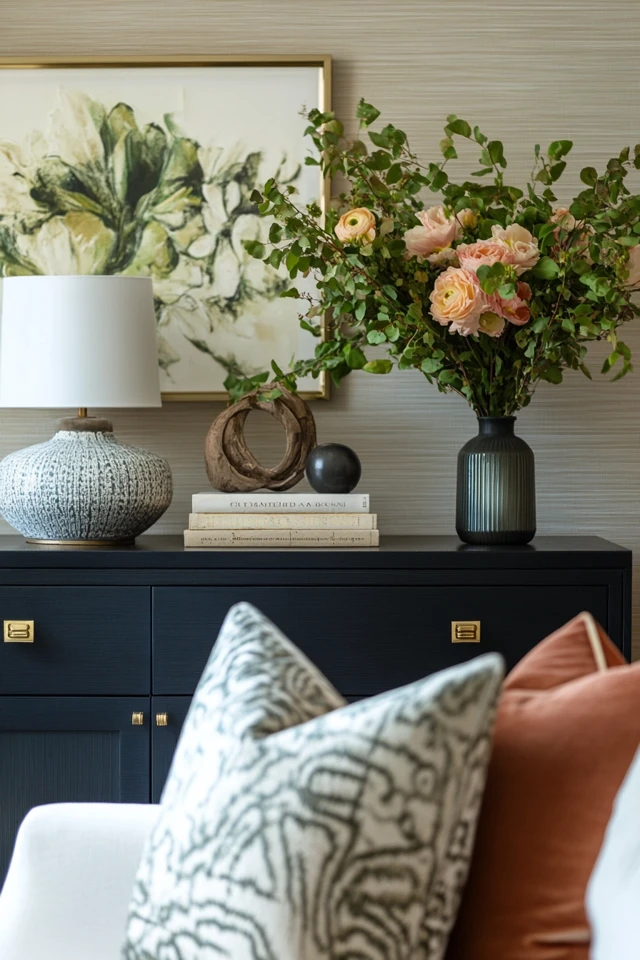
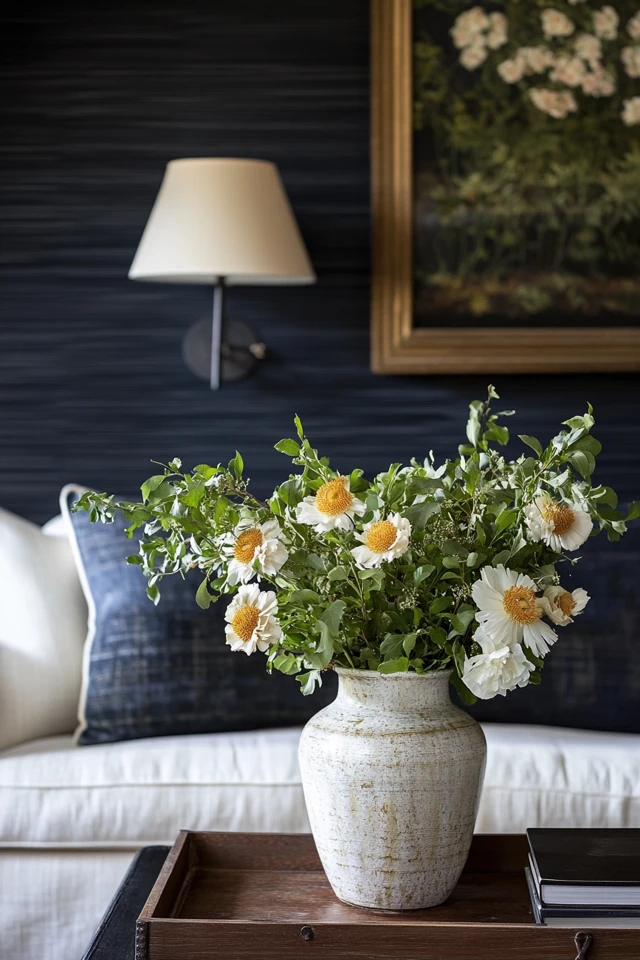
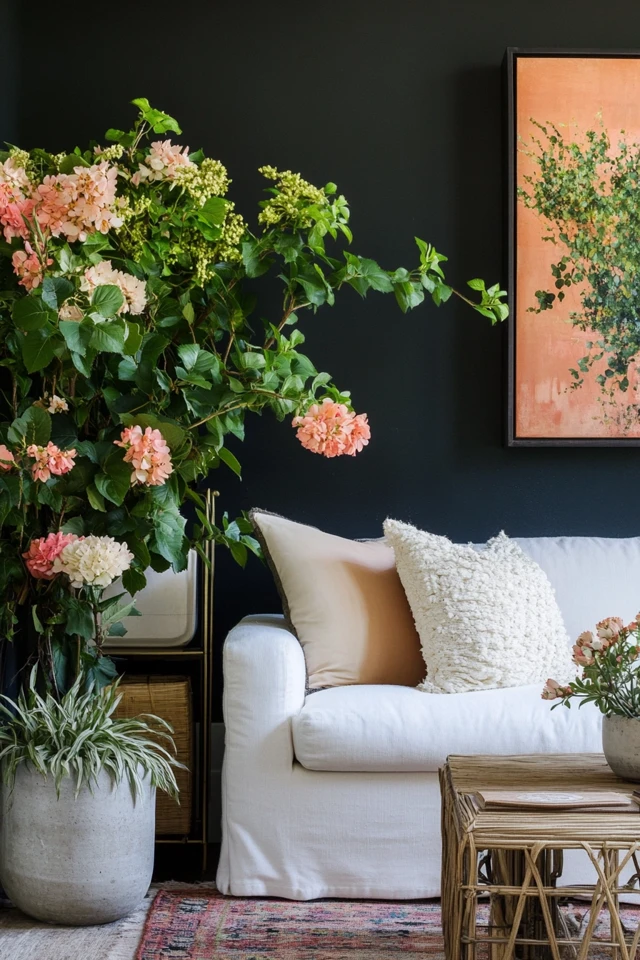
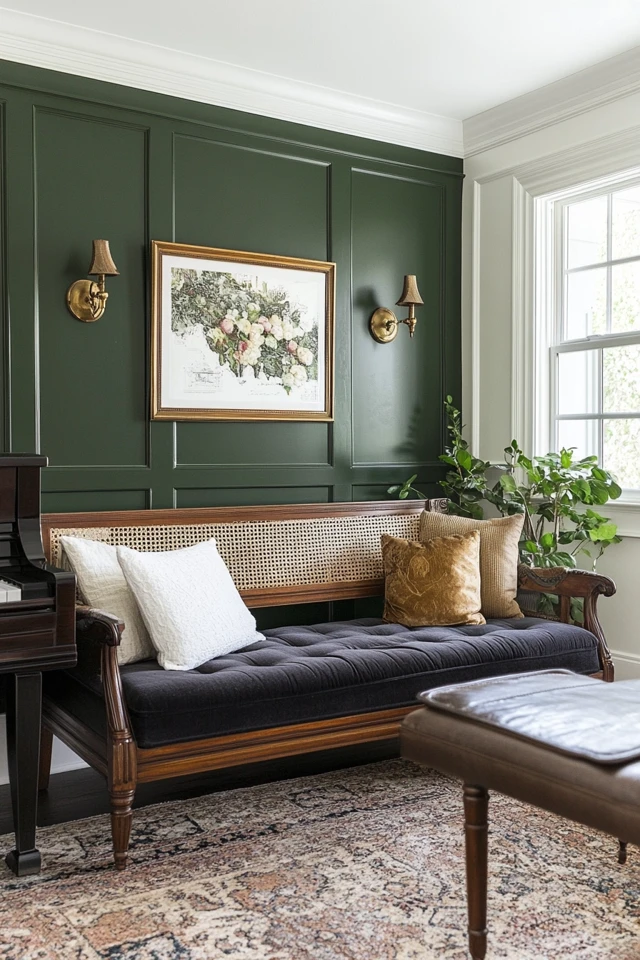
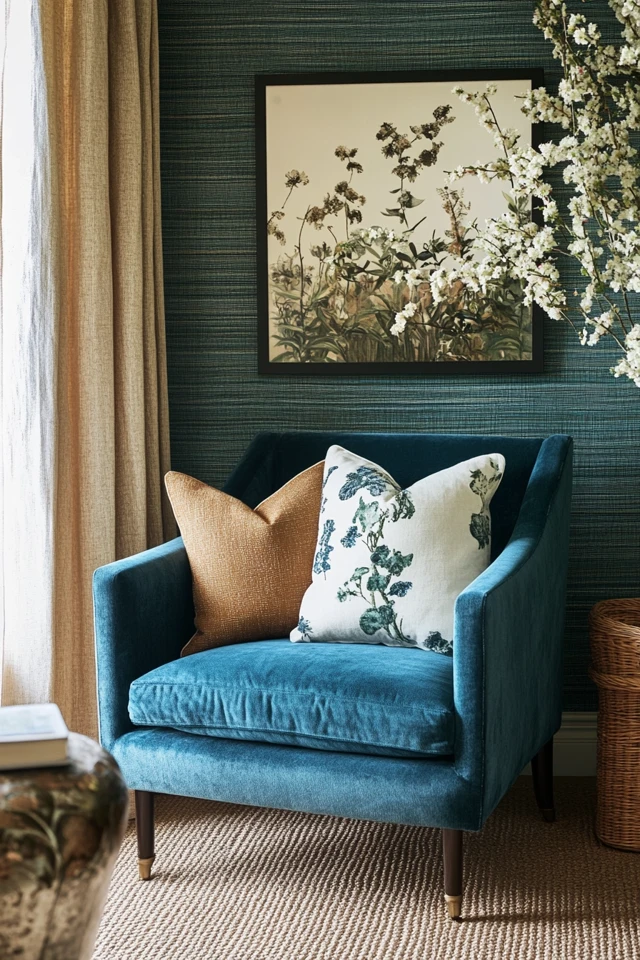
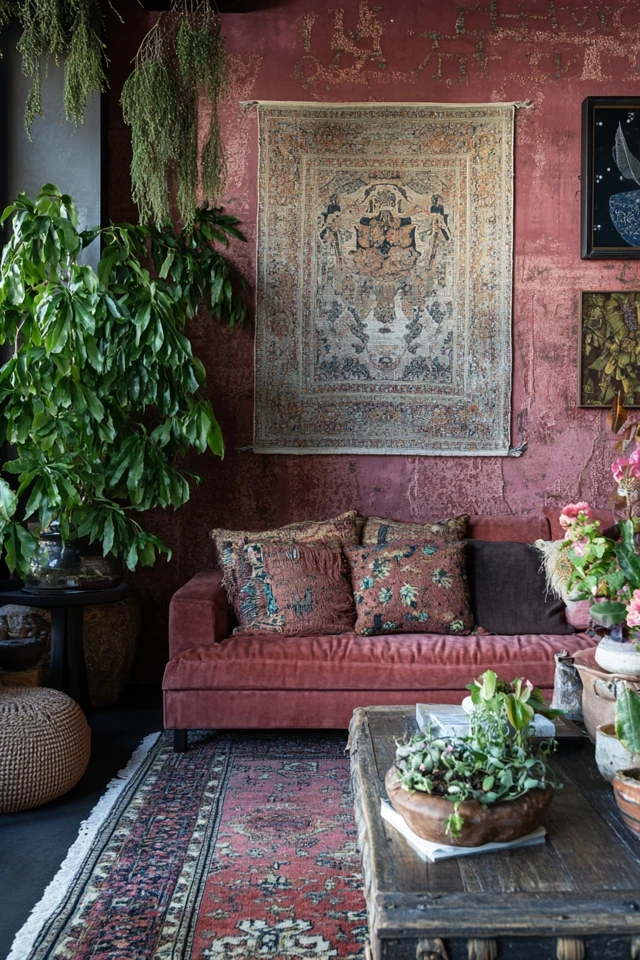
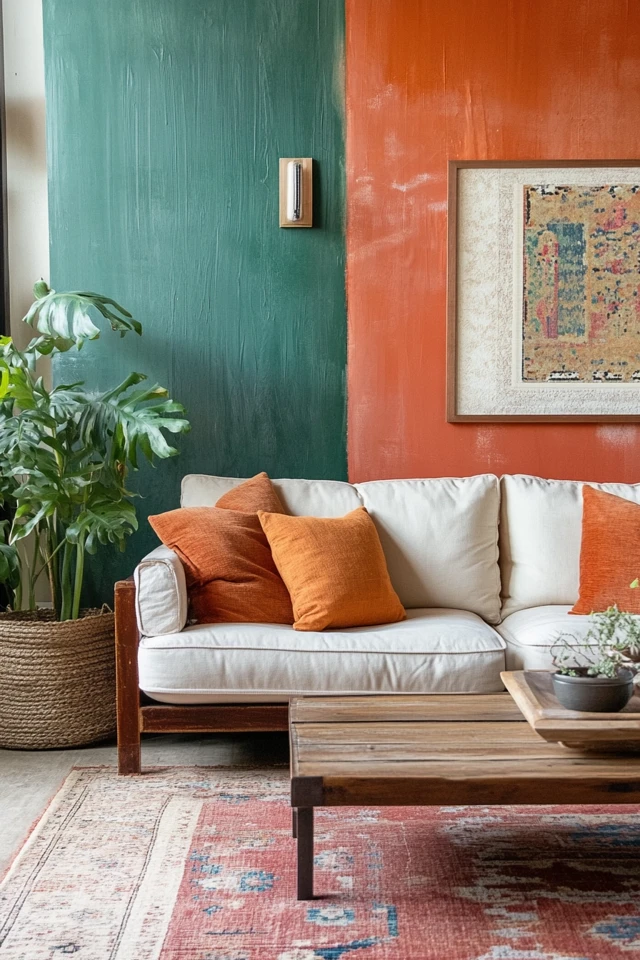
Why Unifying Themes Work
Unifying themes create visual harmony and balance, making rooms with mixed elements feel intentional rather than random. Here’s why they’re so effective:
- Creates Cohesion: A unifying theme ensures every element contributes to the overall design, preventing the space from feeling disjointed.
- Highlights Contrast: Rather than clashing, contrasting styles or textures can complement each other when tied together by a theme.
- Adds Personality: Mixing elements allows you to express your unique taste, and a unifying theme amplifies that sense of individuality.
- Improves Flow: A cohesive room feels more inviting and comfortable, enhancing the overall ambiance.
- Balances Complexity: Themes provide structure, ensuring eclectic designs remain visually appealing rather than overwhelming.
Design experts often emphasize that cohesion doesn’t mean monotony. A well-designed room can blend different elements while maintaining balance, creating a dynamic yet harmonious look.
How to Create Unifying Themes for Mixed-Element Rooms: Step-by-Step
1. Start with a Core Theme or Inspiration
- Identify the overarching idea that will guide your design:
- Color Palette: Use a limited range of colors to unify diverse elements.
- Style Influence: Choose a dominant style (e.g., bohemian, industrial) to anchor the space.
- Mood or Vibe: Focus on the feeling you want the room to evoke (e.g., cozy, vibrant, serene).
- Example: A living room with mixed elements could center around a mid-century modern theme, tying everything together with clean lines and bold accent colors.
2. Use a Cohesive Color Palette
- Limit your palette to 3-5 main colors to ensure harmony:
- Choose one dominant color, one secondary color, and a few accents.
- Repeat these colors across furniture, decor, and textiles.
- Use neutrals to balance bold tones or connect contrasting styles.
- Example: In a dining room with mixed wood tones and metallic finishes, a cohesive palette of navy, gold, and cream creates unity.
3. Echo Materials and Textures
- Repeating materials and textures creates a sense of continuity:
- Pair natural materials (like wood or stone) with similar finishes across the room.
- Use textiles like velvet, linen, or leather in multiple pieces for a layered effect.
- Example: A bedroom with a modern metal bed frame and vintage wooden nightstands feels cohesive when tied together with soft linen bedding and a plush area rug.
4. Incorporate Repeating Patterns or Motifs
- Repeating patterns or shapes across different elements helps unify the design:
- Choose geometric patterns, floral prints, or organic motifs that appear in rugs, pillows, and artwork.
- Echo shapes, like circular mirrors paired with round tables or curved chairs.
- Example: A bohemian living room with varied furniture styles feels cohesive when united by a repeating diamond motif in the rug and wall art.
5. Balance Proportions
- Mix large and small pieces thoughtfully to maintain visual balance:
- Avoid clustering all large or small elements in one area.
- Balance heavy furniture with lighter, open designs to prevent overcrowding.
- Example: In a mixed-style dining room, balance a large farmhouse table with slim, minimalist chairs to create equilibrium.
6. Create Zones with Rugs or Lighting
- Rugs and lighting can define zones within a mixed-element space:
- Use area rugs to visually group furniture or anchor different styles.
- Incorporate pendant lights or floor lamps that reflect the room’s unifying theme.
- Example: In an open-plan living room, a large patterned rug ties together a vintage coffee table and a modern sectional.
7. Use Transitional Elements
- Incorporate pieces that bridge gaps between contrasting styles or materials:
- Transitional elements can include furniture with mixed materials (e.g., wood and metal) or neutral-toned decor that ties colors together.
- Example: In a room with industrial and rustic elements, a dining table with a reclaimed wood top and sleek metal legs acts as a bridge.
8. Play with Scale and Layers
- Layer different elements to create depth and balance:
- Use varying heights and scales in furniture and decor to guide the eye.
- Layer textiles like rugs, throws, and curtains for added texture and dimension.
- Example: In a bedroom, layer a large area rug beneath the bed, add textured bedding, and hang curtains high to create a cohesive, inviting space.
9. Incorporate Personal or Sentimental Pieces
- Personal touches make the space feel authentic and cohesive:
- Display meaningful artwork, heirlooms, or travel finds that reflect your story.
- Pair these pieces with other elements that share similar colors, textures, or styles.
- Example: A vintage trunk used as a coffee table feels at home in a modern living room when paired with neutral throw pillows and metallic accents.
10. Stick to the Rule of Thirds
- The rule of thirds helps balance visual weight in a mixed-design room:
- Divide the space into three parts (e.g., walls, furniture, decor) and distribute elements evenly.
- Use one-third of the room for bold or statement pieces, and keep the rest neutral or subdued.
- Example: In a maximalist living room, balance an ornate gallery wall (one-third) with a neutral sofa and simple decor.
FAQ
1. Can I mix more than two styles in one room?
Absolutely! Use a unifying theme, like a cohesive color palette or repeating material, to bring multiple styles together without overwhelming the space.
2. How do I make mismatched furniture work?
Tie mismatched furniture together with shared elements, like similar colors, finishes, or textiles. For example, use matching cushions on chairs of different styles.
3. Can I use bold colors with mixed elements?
Yes! Use bold colors as accents, and balance them with neutrals to keep the space cohesive.
4. How do I avoid clutter in a mixed-style room?
Edit your space carefully, focusing on quality over quantity. Choose a few standout pieces and keep smaller decor minimal.
5. How do I create flow between rooms with different themes?
Use transitional elements like rugs, artwork, or colors that appear in both spaces to create a sense of continuity.
Variations
- Eclectic Bliss: Blend bohemian patterns, mid-century furniture, and vintage accents tied together with a cohesive color palette.
- Modern Meets Rustic: Pair sleek, modern pieces with reclaimed wood furniture and natural textures for a balanced look.
- Industrial Chic: Combine metal fixtures, exposed brick, and soft textiles for a cozy yet edgy design.
- Global Inspiration: Incorporate cultural patterns, handmade textiles, and unique decor from around the world, unified by a shared motif or color.
- Minimalist Fusion: Keep it simple by blending two styles with clean lines, neutral tones, and minimal decor.
How to Showcase It
- Living Rooms: Use a bold patterned rug to anchor a mix of modern and vintage seating.
- Bedrooms: Pair an antique headboard with sleek nightstands, tied together by matching lamps.
- Dining Rooms: Combine chairs of different styles around a unified table, with matching cushions or finishes.
- Home Offices: Mix industrial desks with cozy textiles like a patterned rug or upholstered chair.
- Entryways: Blend eclectic decor with transitional pieces like a neutral console table and a bold mirror.
Occasions to Feature It
- Everyday Living: Enjoy a home that feels personal and inviting every day.
- Entertaining Guests: Impress visitors with a thoughtfully curated space that blends styles seamlessly.
- Seasonal Decor Updates: Add seasonal touches like throw blankets or floral arrangements that echo your room’s theme.
- Rental Updates: Use portable decor, like rugs and artwork, to unify mixed pieces in temporary spaces.
- Showcase Sentimental Pieces: Highlight meaningful items by incorporating them into a cohesive design.
Conclusion
Designing rooms with mixed elements doesn’t have to feel overwhelming. With the right unifying theme, you can create spaces that celebrate variety while maintaining balance and cohesion. Whether you’re blending bold patterns, contrasting styles, or diverse materials, these tips will help you craft a room that feels intentional, dynamic, and uniquely yours.
From cohesive color palettes to transitional furniture and repeating patterns, the possibilities are endless. So embrace the mix, experiment with different elements, and let your personal style shine through in every corner of your space. With these strategies, your home will become a harmonious haven where diverse elements come together beautifully.

